From time immemorial, women are engaged in needlework - Tkut and hide, knit and sew, embroider and snaps. And they always help them in this "Dolja Intercession" - goddess and saints, spending forth fates in the sky and patronecing women's needleworks on Earth.
The cult of goddess neit.
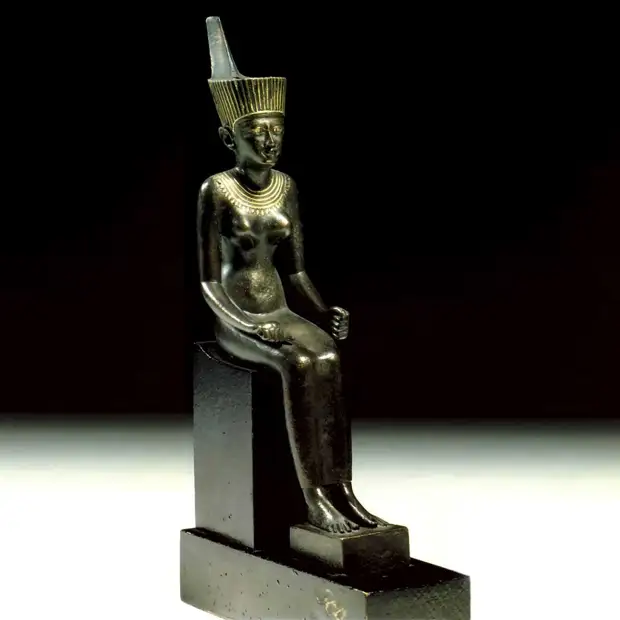
According to Egyptian legends, the world woven the goddess Nate is one of the oldest representatives of the Egyptian Pantheon, the cult of which existed in Egypt for more than 3 thousand years. This goddess was removed by the patroness of the weaving and was often portrayed in the form of a woman with a shuttle - tool used in spinning, on the head. As a goddess of weaving and weaving (classes, mostly female), Neith revered and as a defender of women and patroness of marriage. The cult center of the Boggy Nate was located in the city of Sais (modern co al-Khagar). At the neut's temple, various fabrics were made, including special pellens used for the robes of deities figures. The function of the patroness of the weaving craft is a closestly associated with the function of the guardian of the dead, and the latter was of paramount importance. It was attributed to the invention and the manufacture of burial bells-bells, which the ancient Egyptians were tightly wrapped the mummies after rites of embezzlement and mummifying the bodies of the dead. Half strips for wrapping mummy were considered "Nut gifts". In addition, the neut was considered to be the deities of ointments used in embalming. According to the inscription on the sarcophage of one of the Supreme Priests, Neutte gives dead fabric and ointment. The idea of the magical power of the goddess gods is fixed in the texts of the late period: "Take the ointment and linen fabric that occurred from two housing is neut, so that your body is beautiful."
Miracle Resurrection
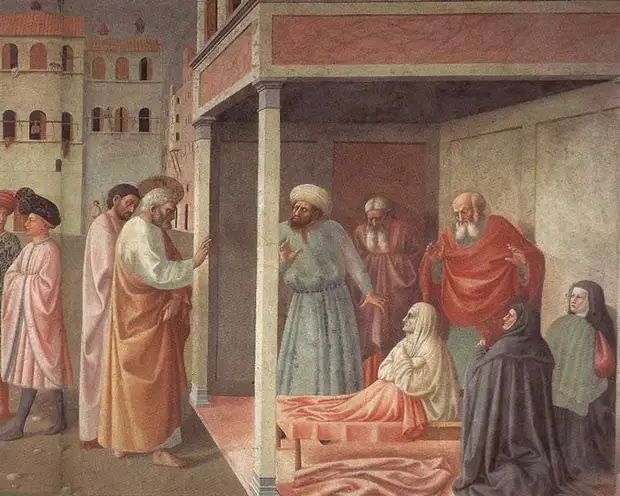
In the ancient Judea, the Patrudice of Shvent was considered the Apostolic Pupil Tabiff, which lived in Jaffa, the ancient city lying on the seach of the Mediterranean Sea to the north-west of Jerusalem. In the Bible, this city is known under the Greek name of the Ioppia. The life of the righteous tavif was full of good deeds and alms. She sewed clothes and earned themselves for food, and also "worked alms": sewed for poor orphans and widows. It happened so that the Tabiff, heavily ill, died. The grief and sorrow of all the surrounding it were so great that members of the Christian community decided to immediately appeal for help. At that time, not far from the IPPI, in Leedd, was preached by the Holy Apostle Peter. And they sent sad residents for the student of Christ, asking him to come and console relatives. When the apostle came to the Hub, where the body was lying, then all the widows, all the poor women who helped the deceased, surrounded the apostle and with crying began to show his shirts and dresses she sewed for them. Seeing the mountain of the gathered, and the whole of the Love, which was surrounded by the deceased, the first apostle, who did everyone get out of the room, where the dead body lay, kened knees and created a hot prayer. Then she approached the Audru and appealed: "Tabiff, stand up." The righteous opened the eyes and rose alive and healthy. The miracle of her resurrection had a great influence on the inhabitants of the IPPPI, and many of this were accepted Christianity.
Heavenly
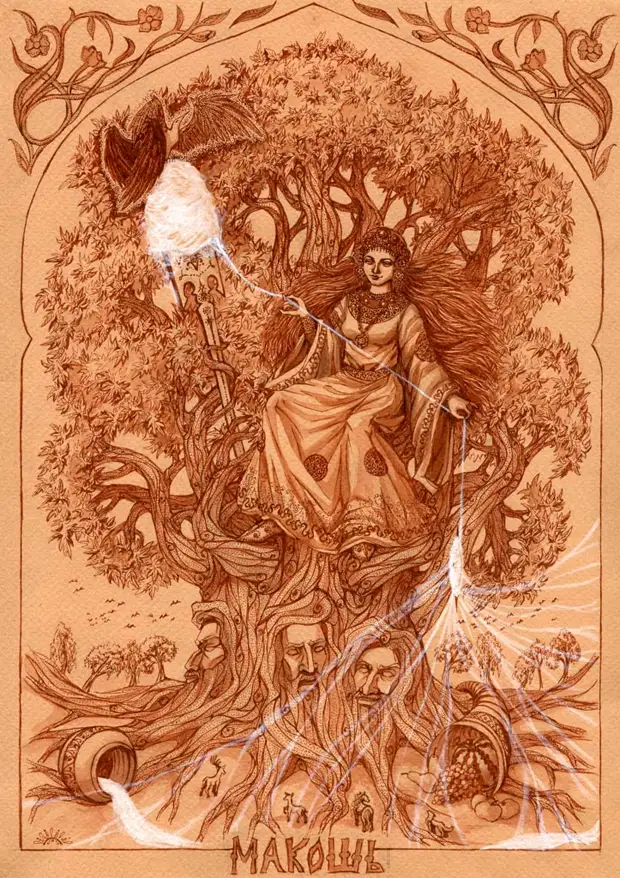
Patroness Needlework The ancient Slavs had a goddess Makosh - eternal tank, sparkling and embroidery. Mankos appeared as a woman with a big head and long arms, hiding at night. The symbol of this goddess was yarn, clubs of wool and spindle, it was them that they brought them on her. Ancient Slavs believed that at the heart of life - the divine thread of Makoshi, from which day after day, a day behind the day, a man himself rifles lace his life. It is curious that in the old Slavonic language the word "day" sounded as "weaving", which reflected the attitude towards life as a weaving. The fabric itself is yarn for his kind and unkind actions, and that ultimately it turned out, depended only from him himself. Makos - the only female deity of the ancient Russian Pantheon, whose idol in Kiev was standing on the top of the hill near the idols of Perun and other deities. In the "Tale of Bygone Years" when transferring the gods of Kiev Rus Makos closes a list starting with Perun. Women appealed to Makosh, as the backup of all female worries. A lot of necessary and interesting suggested this goddess to them. As, for example, decorating with embroidery clothes or homemade decoration, to sew a secret security mark, who takes trouble, protecting a favorite child or husband from the illness, envy or evil eye, how to keep the farm or grow a good harvest. In the Old Slavic world, this goddess was responsible for peace in the family, happy weddings and for preparing dowry. It was believed that the most disheveled and diligent Macaw girls could give a hand-woven and embroidered dress, and sometimes please and the whole chest with dowry.
Babian intercession
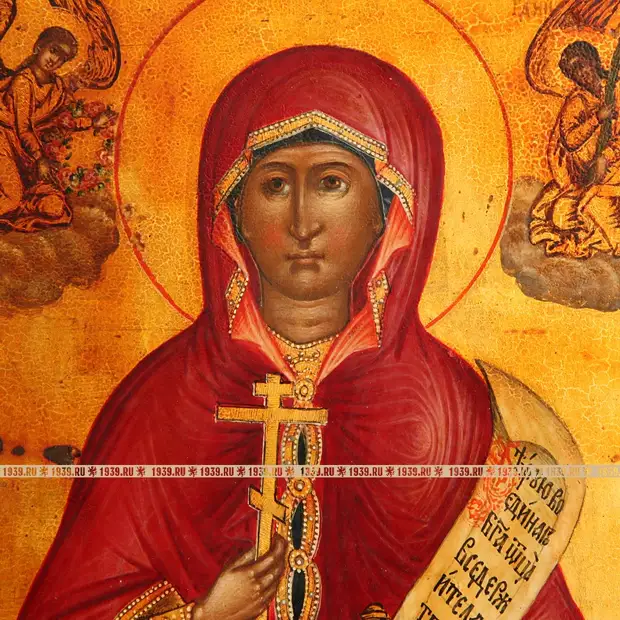
Holy Paraskeva almost everywhere was revered as "Babya Holy", the patroness of women, marriage and family happiness, as well as every female work, especially the work of the winter, first of all, spinning, weaving, as well as works associated with flax. Around the day of Paraskeva Friday (November 10), women began to mive in many places and tremble Len. Because of this, Paraskeva in the people was often called linen. At the same time, in many provinces, there was a custom on the day of the memory of Holy Paraskeva, to bring the fallen flax to the church, which was devoted to the holy, and then brought to her image. On the same day, the so-called "linen looks" were arranged: women endured a loin-feast on the street and demonstrated to each other. Girls tried to show their job guys and future mother-in-law. Holy Paraskeva, Christian women on Friday did not hurt on Friday (although in some places it was allowed to sew), did not boil the liquor, did not wash the linen, they did not endure ash from the oven, and the men did not plow this days and did not fight it, considering it for Great sin. This affected the folk saying: "On Fridays, men do not pate, women do not hide." On the day of her memory, on November 10, the craftswomen were going together and showed their embroidery made in the year, "boasted" to each other, brought fruit to the temple for lighting and did not work, even if on this day was not Friday. It was believed that Parashen Friday on his day is severely punishable those who violated these prohibitions. In Ukraine, the peasants were told that Saint Parashev walks on Friday, all the scrambled eggs and spelling spells, since there is a lot on earth of wicked women who sew and hide the days dedicated to her.
Fair of Saint Lucia.
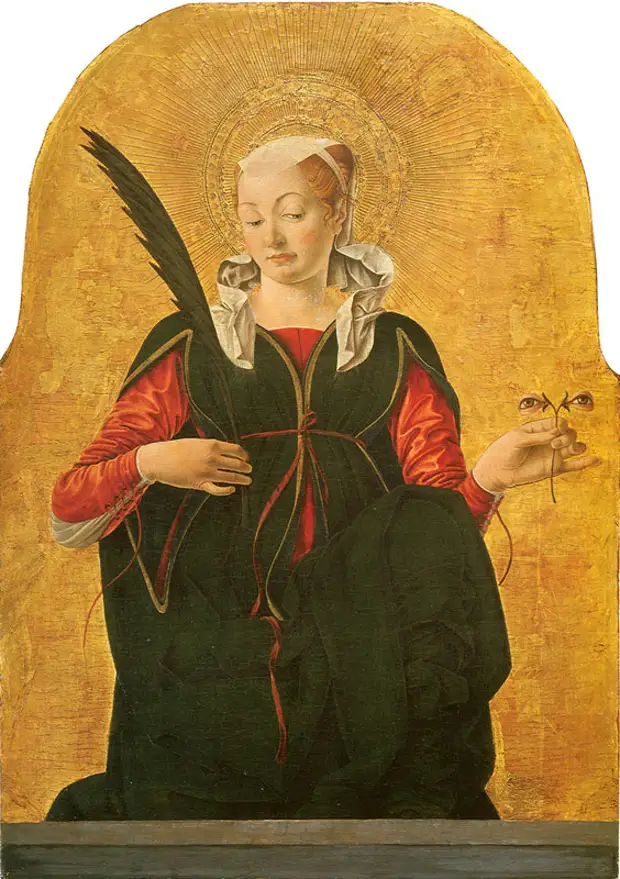
At the end of each year in Barcelona, Santa Lucia Christmas Fair opens, dedicated to very popular in Spain Saint Lucia - Patrone Schwei, modists, embroiderers, as well as ... Blind, for which she was nicknamed "defender of sight." For the first time, mention of such a Christmas fair refers to 1786. And no obstacles, even a terrible yellow fever epidemic, broken down in Barcelona in 1860, could not prevent this event. The fair of Saint Louisa enjoyed the lonely girls. Elegant and beautifully removed, they went under hand with their mothers for a walk in search of a decent groom. IN Saint Lucia Day December 13 In the late 19th and early 20th century, in some settlements of Catalonia, the girls studied sewing, organized a festive lunch and walked through the streets, drinking psalms and Spanish folk songs and collecting donations. One of the girls at the same time represented the Holy Massia, and her head was decorated with a crown of flowers. The verses gathered in the city park of Barcelona Suitadelia, where they celebrated their professional day with a scope. Master who did not forget to visit and small chapels dedicated to this saint to pray for their eyes so necessary for them in work.
A source
